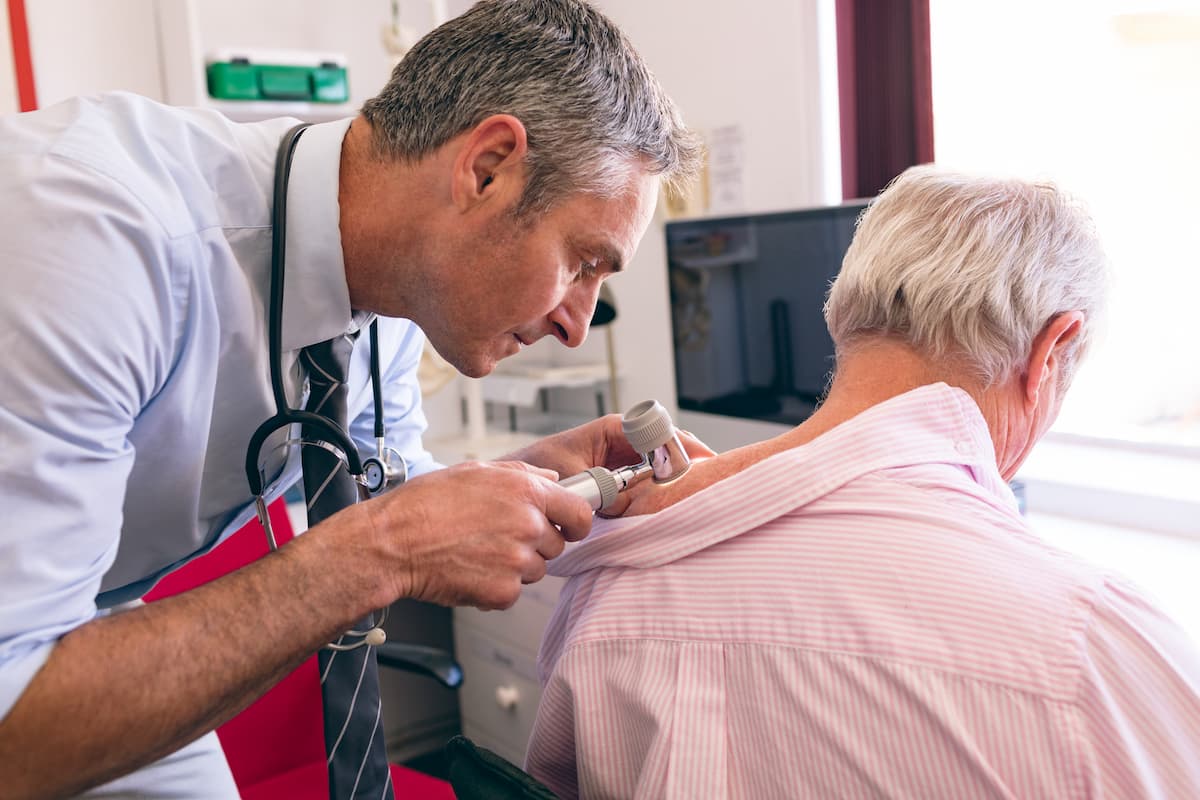Article
SBRT Improves Outcomes in Older NSCLC Patients With Stage I Disease
Author(s):
Use of stereotactic body radiation therapy improved survival in elderly patients diagnosed with early-stage non-small cell lung cancer by about 20% over a decade.
Use of stereotactic body radiation therapy (SBRT) improved survival in elderly patients diagnosed with early-stage non-small cell lung cancer (NSCLC) by about 20% over a decade, better than the outcomes observed with fractionated radiation therapy (RT).
The retrospective study by researchers at Houston Methodist Hospital evaluated clinical records of 62,213 patients who were at least 60 years old and diagnosed with stage I NSCLC between 2004 and 2012. The data were extracted from the Surveillance, Epidemiology, and End Results, or SEER, database. Inclusion criteria included diagnosis of squamous, adenocarcinoma, and adenosquamous histologies, and a record of having received local therapy. Overall survival (OS) and cancer-specific survival (CSS) were the primary outcomes evaluated.
Over the study period, the authors found a significant surge in survival for patients who received SBRT concurrent with a surge in the adoption of the treatment in community practices. OS at 23 months following SBRT rose from 39% to 58% (P <.001)—about a 20% increase. Surgery in these patients has always been known to yield better results; however, what was interesting was that there was not a huge improvement in surgical outcomes during the same period—OS rates for surgery rose from 79% to 84% (P <.001). Patients who did not receive SBRT or surgery did not see improved survival.
CSS, during the same decade, increased from 48% to 72% for patients who received SBRT alone (P <.001), and from 87% to 91% for those who underwent surgery for their NSCLC (P <.001). Patients who did not receive either of the 2 treatments saw an increase in survival that approached statistical significance (38% to 45%; P = .06).
The authors also noted that the use of surgical procedures were less frequent among older patients with stage I NSCLC, while the use of RT rose. Less than 50% of patients older than 80 years had surgery for their cancer, compared with 81% of those in the 60 to 64 age group. The use of RT, on the other hand, was nearly 4 times greater in older patients.
“Our findings indicate that physicians should feel confident recommending radiation therapy to patients who are too sick to undergo surgery or who choose not to undergo surgery for other reasons," said Andrew W. Farach, MD, who led the study. "With continued adoption of SBRT in community cancer centers, it is our hope that more patients will receive curative SBRT and the number of patients left untreated based on age or medical comorbidity will continue to fall.”
The study was presented at the annual meeting of the American Society for Radiation Oncology.




